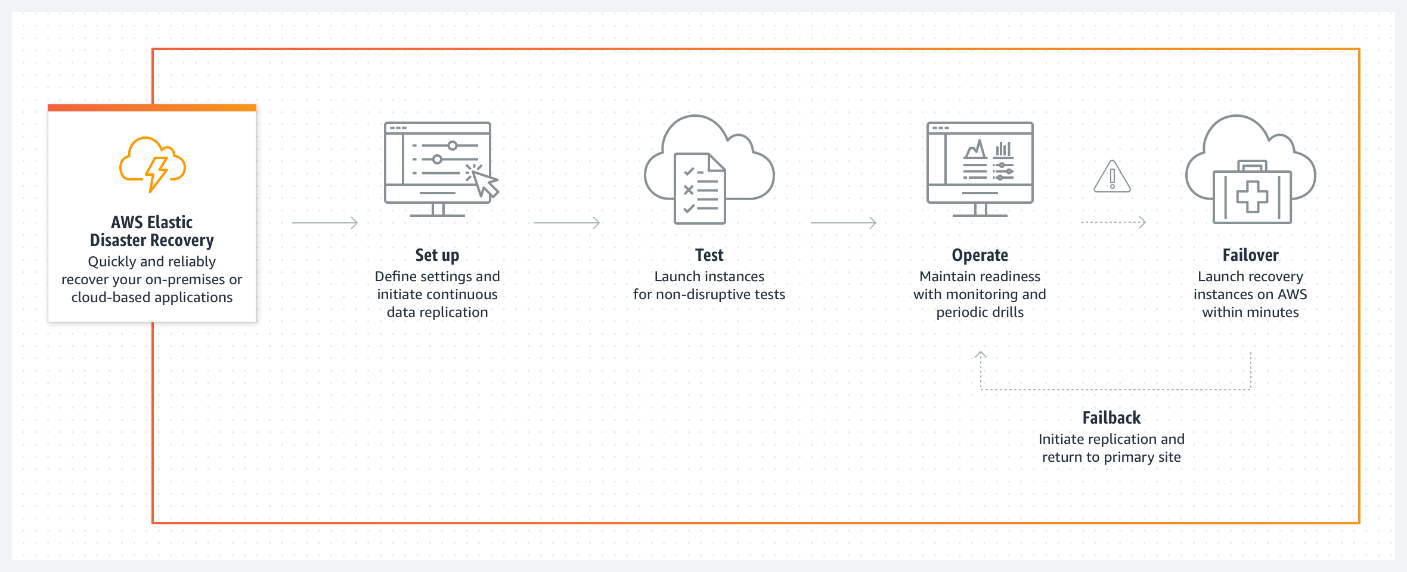Recently AWS announced the general availability (GA) of AWS Elastic Disaster Recovery (AWS DRS). With this new service, organizations can minimize downtime and data loss through the fast, reliable recovery of on-premises and cloud-based applications.
AWS DRS is a fully scalable, cost-effective disaster recovery service for physical, virtual, and cloud servers, based on CloudEndure Disaster Recovery and now advised by the company as the recommended service for disaster recovery to AWS.
Customers can use AWS as an elastic recovery site instead of investing in on-premises disaster recovery infrastructure that sits idle until needed. Once configured, DRS keeps the customer’s operating systems, applications, and databases in a continual replication state. This enables them to accomplish recovery point objectives (RPOs) of seconds and recovery time objectives (RTOs) of minutes after a disaster. DRS, for example, permits recovery to a previous point of time in the event of a ransomware attack.

Source: https://aws.amazon.com/disaster-recovery/
Users can enable DRS using the AWS Elastic Disaster Recovery Console. In an AWS news blog, Steve Roberts, a developer advocate at AWS, explains that once the service is enabled, it continuously replicates block storage volumes from physical, virtual, or cloud-based servers - allowing support business RPOs measured in seconds. The recovery includes applications on AWS, including critical databases such as Oracle, MySQL, and SQL Server, and enterprise applications such as SAP, VMware vSphere, Microsoft Hyper-V, and cloud infrastructure. DRS orchestrates the recovery process for the servers on AWS to enable an RTO measured in minutes, allowing users to recover all their apps and databases that run on supported Windows and Linux operating systems.
The GA of AWS DRS follows the earlier release of AWS Application Migration Service (AWS MGN) as a successor to CloudEndure and the primary migration service for lift-and-shift migrations to AWS. In a Reddit thread, a respondent commented:
So, this is CloudEndure DR as if CloudEndure migration is to Application Migration Service.
And finally, note that AWS’s biggest competitor in the cloud, Microsoft, also offers disaster recovery services with Azure Backup, Site Recovery, and Archive Storage.
AWS DRS is currently available in the US East (N. Virginia), US East (Ohio), US West (Oregon), Asia Pacific (Singapore), Asia Pacific (Sydney), Asia Pacific (Tokyo), Europe (Frankfurt), Europe (Ireland), and Europe (London) regions. Furthermore, additional details and guidance are available through the documentation page. Customers using the service are billed at an hourly rate per replicating source server, and more information on pricing details is on the pricing page.
